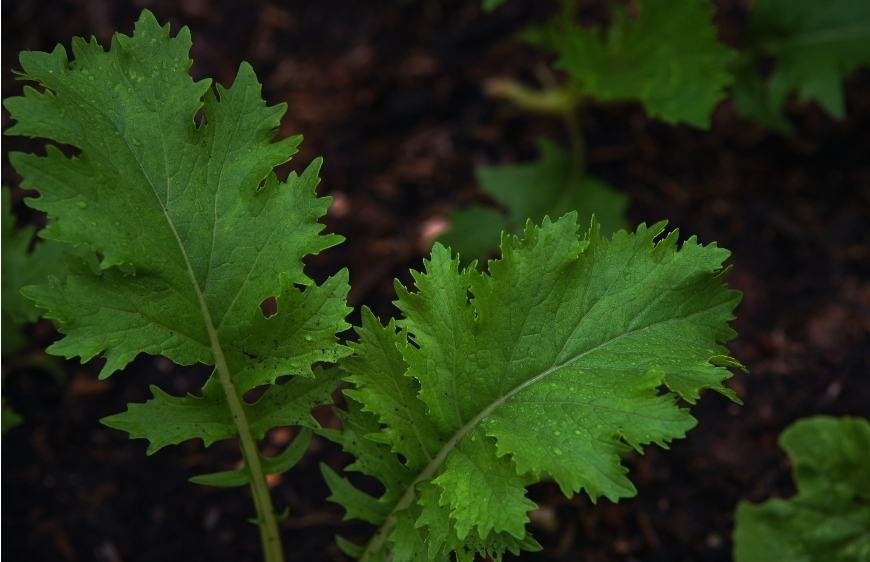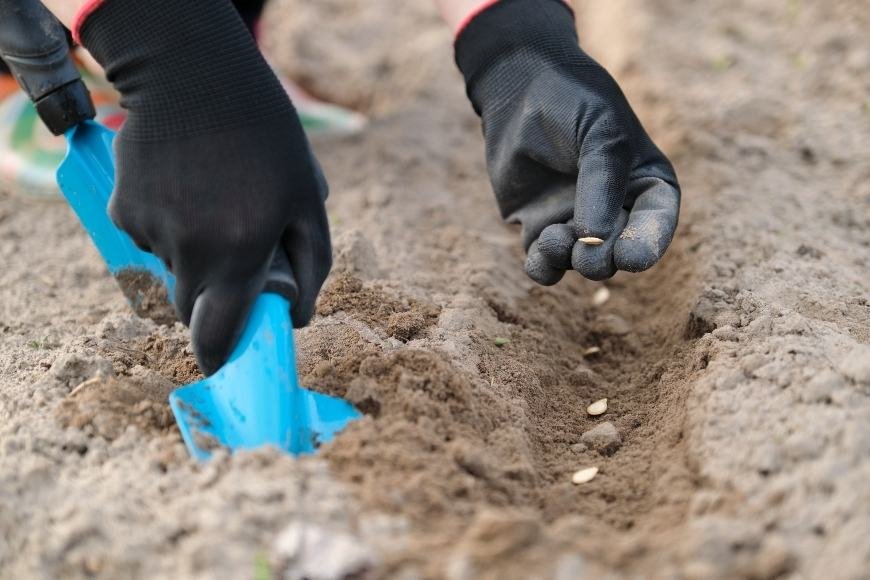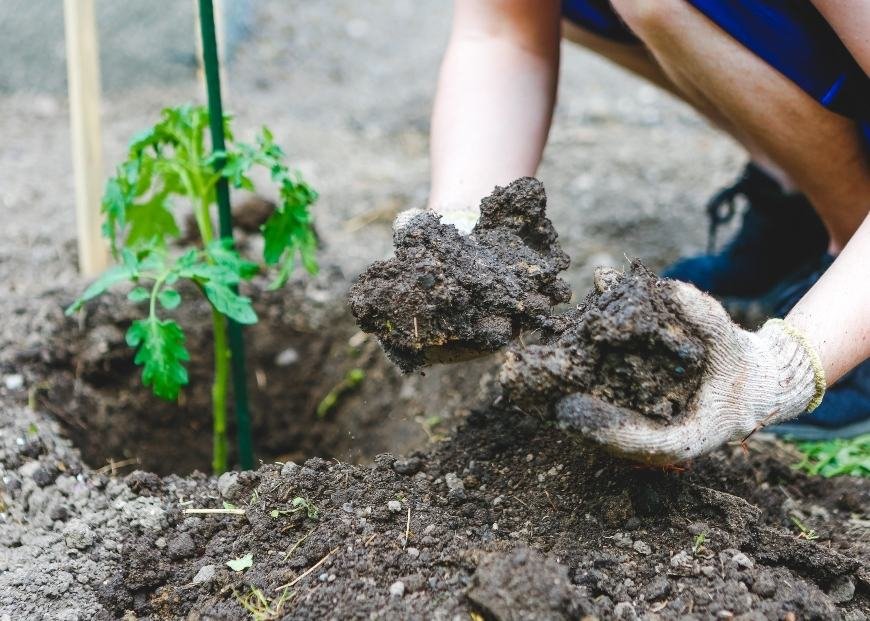How to Grow Wild Lettuce
Learn how to grow Wild Lettuce with our guide, covering location, soil prep, planting, watering, harvesting & storing this unique plant. Explore its benefits!

How to grow Wild Lettuce? This article looks into the interest of many people in their twenties to find out more about natural alternatives for recreational activities, and particularly how to grow wild lettuce. As you delve into this blog post, you'll discover invaluable insights on cultivating this fascinating plant.
In the following sections, we will explore crucial steps in growing wild lettuce successfully. You'll learn about choosing the right location and preparing the soil to create an optimal environment for your plants. We will also discuss planting techniques, watering and fertilizing practices, as well as controlling weeds and pests to ensure a healthy crop.
Finally, we'll reveal essential tips on harvesting and storing wild lettuce so that you can reap its benefits while preserving its potency. By mastering these techniques, growing wild lettuce will become second nature to those who seek its unique properties.
Table of Contents:
- Choosing the Perfect Spot for Your Wild Lettuce Garden
- Preparing the Soil
- Controlling Weeds and Pests
- Harvesting Wild Lettuce: Tips and Techniques
- Storing Wild Lettuce: How to Keep Your Harvest Fresh
- Conclusion
Choosing the Perfect Spot for Your Wild Lettuce Garden
Get ready to grow some wild lettuce (aka opium lettuce) and enjoy its natural properties by selecting the right location.
Let the Sun Shine
Wild lettuce loves sunlight, so choose a spot that gets at least 6-8 hours of direct sun per day and avoid shady areas or structures that block sunlight.
Drainage is Key
Ensure proper drainage by testing your soil and amending it with organic matter like compost or peat moss if necessary to avoid waterlogged soil and root rot.
Give Them Space
Plant your wild lettuce about 10-12 inches apart to promote airflow and prevent diseases from spreading easily among neighboring plants.
Companion Plants
- Mint: Repels pests like aphids and attracts beneficial insects like ladybugs.
- Marigolds: Deters various pests, including nematodes and whiteflies.
By selecting a location with ample sunlight, good drainage, sufficient space, and potentially beneficial companion plants, you'll be on your way to cultivating a thriving wild lettuce patch that can provide enjoyment and satisfaction for years to come.
Preparing the Soil

Get ready to grow wild lettuce like a pro by prepping your soil with these simple steps.
A. Test Your Soil
Before planting, test your soil's pH level and nutrient content to ensure it's slightly acidic to neutral (6.0-7.0 pH) and has the necessary nutrients for healthy growth.
B. Amend Your Soil
Improve your soil's drainage and nutrient content by adding organic matter like compost or aged manure, and adjust pH levels with lime or sulfur if needed.
C. Fertilize Your Soil
Applying an all-purpose organic fertilizer before planting and periodically during the growing season can help maximize your wild lettuce yield.
D. Prepare the Planting Area
Clear out weeds and grasses, and loosen up compacted soil by tilling or turning it over with a garden fork to create an ideal environment for healthy plant growth.
Planting Wild Lettuce
Get ready to explore the recreational uses of wild lettuce by growing it in your garden with these simple steps.
Starting from Seeds
Give your wild lettuce seeds a head start by germinating them indoors before transplanting outdoors.
- Germination: Sow 2-3 seeds per cell about 1/8 inch deep, lightly covering them with soil. Keep the containers in a warm area and maintain consistent moisture until germination occurs within 7-14 days.
Transplanting Seedlings Outdoors
Transplant your seedlings outdoors once they have grown at least two sets of true leaves and outdoor temperatures are consistently above 50°F.
- Harden off: Gradually expose your young plants to outdoor conditions over several days before moving them permanently outside.
Spacing Requirements & Depth of Planting
- Ideal Spacing: Space each plant approximately 12 inches apart to avoid overcrowding.
- Sunlight: Choose an area with full sun to partial shade for optimal growth.
- Depth: Plant seedlings at the same depth they were in their original containers, ensuring roots are well covered by soil.
Provide your wild lettuce plants with adequate support as they grow taller by using stakes or cages to prevent them from falling over due to wind or heavy foliage.
Tips for Success
- Maintain moisture: Keep consistent moisture levels throughout the growing season but avoid overwatering to prevent root rot.
- Add mulch: Add a layer of mulch around your plants after transplanting to retain moisture and suppress weeds.
- Beware of pests: Keep an eye out for pests such as aphids and slugs and employ natural methods like introducing beneficial insects or hand-picking larger pests off your plants when necessary.
With these tips, you can confidently move forward in cultivating wild lettuce. Stay tuned for our next section where we'll discuss watering and fertilizing techniques specifically tailored for these unique plants. Happy gardening.
Watering and Fertilizing

Wild lettuce needs proper watering and fertilization for healthy growth and a bountiful harvest.
Watering Frequency and Amount
Check the soil's dampness routinely by inserting your finger around an inch into the dirt near the plant's stem.
Check soil moisture regularly by sticking your finger about an inch into the ground near the plant's base.
Best Type of Fertilizer
Organic fertilizers like compost or aged manure are excellent choices because they release nutrients slowly into the soil while improving its structure.
- Compost: Composting kitchen scraps and garden waste creates nutrient-rich organic matter perfect for feeding wild lettuce plants.
- Aged Manure: Well-aged animal manures from cows or chickens can be applied directly onto planting beds before sowing seeds or transplanting seedlings.
Alternatively, use an all-purpose organic granular fertilizer with balanced N-P-K ratios like 10-10-10 or similar.
5. Controlling Weeds and Pests
Wild lettuce is awesome, but weeds and pests can be a buzzkill - here's how to keep them under control:
A. Mulching
Stop weeds in their tracks by mulching with organic materials like straw or wood chips - it also helps retain moisture and provides nutrients.
B. Hand Weeding
Some weeds are stubborn - pull them out by hand to prevent them from competing with your wild lettuce.
C. Natural Pest Control Methods
Don't let pests ruin your fun - try these natural methods:
- Beneficial insects: Ladybugs and lacewings eat pests that could harm your wild lettuce - buy them online or at gardening stores.
- Diatomaceous earth: This abrasive substance damages the exoskeletons of pests like slugs and snails - sprinkle it around your plants.
- Neem oil: A natural pesticide derived from the neem tree that can help control various insects, mites, and fungi - mix with water and spray on your plants.
D. Regular Monitoring
Keep an eye on your plants for signs of trouble - catching problems early on is key to preventing damage.
Controlling weeds and pests is crucial for healthy wild lettuce - mulch, weed, use natural pest control methods, and monitor your garden closely.
Harvesting Wild Lettuce: Tips and Techniques
Maximize the benefits of your wild lettuce plants by harvesting them at the right time and with proper cutting techniques.
Identifying the Right Time to Harvest
Harvest wild lettuce when it's in full bloom, usually between late spring and early summer, and look for yellow flowers or milky sap oozing from the stem.
Cutting Techniques
Use sharp scissors or pruning shears, select healthy stems, cut at a 45-degree angle about one inch above ground level, and rinse thoroughly under cold water.
Drying and Processing
Dry the plant material properly by air-drying or oven-drying, remove leaves from stems, and store them separately in air-tight containers.
For more information on harvesting wild lettuce, check out these credible sources.
Storing Wild Lettuce: How to Keep Your Harvest Fresh
Don't let your efforts go unappreciated - learn how to store wild lettuce for maximum freshness and potency. Here's how to store your wild lettuce to maintain its potency and freshness.
Drying Techniques
Dry your wild lettuce thoroughly to prevent mold growth and decay while maintaining its psychoactive properties.
- Air-drying: Hang the plants upside down in a well-ventilated area with low humidity and no direct sunlight.
- Oven-drying: Place the leaves on a baking sheet lined with parchment paper and set your oven at its lowest temperature.
- Dehydrator: Use a food dehydrator and follow the manufacturer's instructions for drying herbs.
Make sure your wild lettuce is completely dry before moving onto storage.
Selecting Proper Storage Containers or Bags
Choose appropriate storage containers or bags designed for herbal preservation, such as glass jars with tight-fitting lids or vacuum-sealed plastic bags.
Storing Your Dried Wild Lettuce
Follow these tips for optimal preservation:
- Avoid light exposure: Store your containers or bags in a cool, dark place.
- Maintain consistent temperature: Aim for a stable storage environment with temperatures between 60-70°F (15-21°C).
- Label and date: Label each container or bag with its contents and the date it was harvested.
If properly stored, dried wild lettuce can maintain its potency for up to one year.
Conclusion
- Choose a suitable location for planting.
- Prepare the soil properly.
- Plant the seeds correctly.
- Water and fertilize the plant regularly.
- Control weeds and pests effectively.
- Harvest the plant at the right time.
- Store the harvested plant appropriately.
By following these steps, you'll soon have your own supply of wild lettuce to use as needed.





































































































































